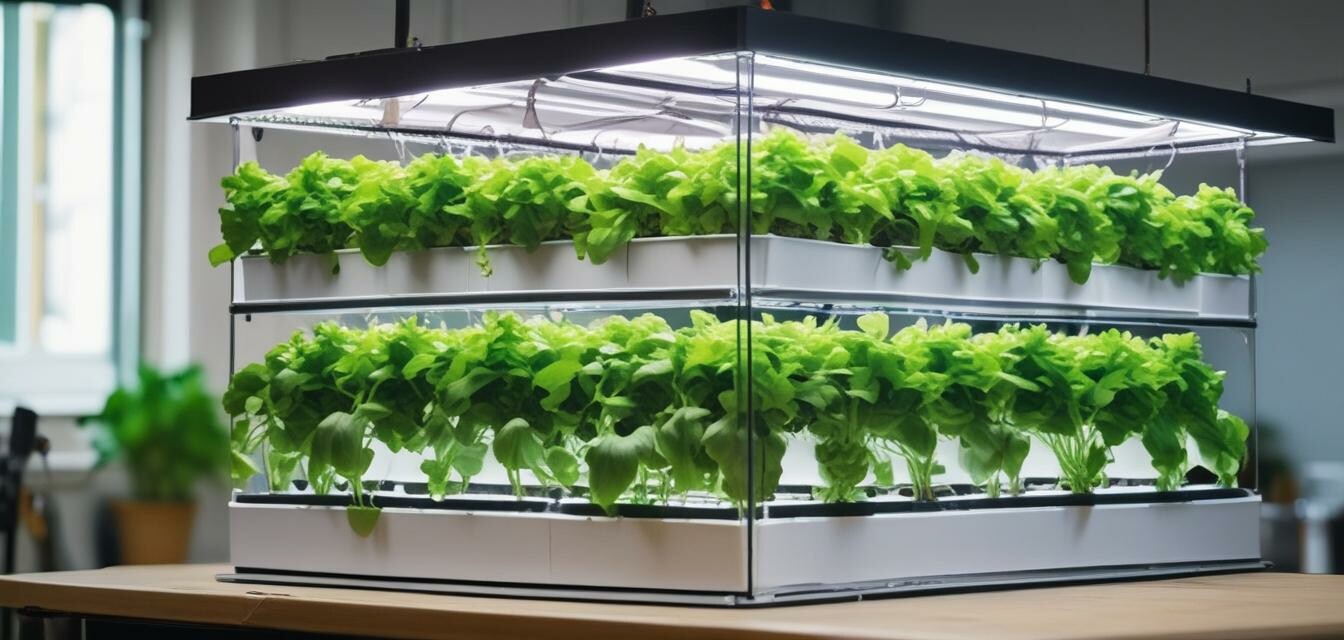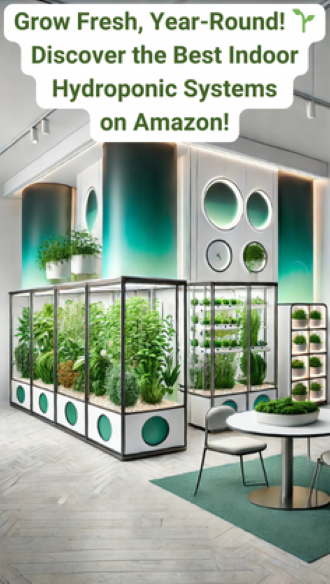
The Rise of DIY Hydroponics: Trends and Tips
Key Takeaways
- DIY hydroponics is becoming increasingly popular due to its accessibility and sustainability.
- Understanding different hydroponic systems is essential for successful home gardening.
- Utilizing affordable materials can create effective hydroponic setups.
- Automation and environmental control equipment are paving the way for successful DIY projects.
- Stay updated with the latest trends to enhance your hydroponic growing experience.
As more people seek sustainable ways to grow their own food, DIY hydroponics has emerged as a trend that is both fun and rewarding. This method of growing plants without soil uses nutrient-rich water solutions, allowing anyone with a little knowledge and determination to cultivate fresh herbs, vegetables, and flowers right in their own homes. In this article, we will explore the trends influencing the growth of DIY hydroponics and provide practical tips to help you build your own successful garden setup.
Understanding DIY Hydroponics
Hydroponics can seem complicated, but it can be broken down into manageable systems. Here’s a brief overview of some of the most popular types of hydroponic systems:
| Hydroponic System | Description | Benefits |
|---|---|---|
| Nutrient Film Technique (NFT) | A continuous flow of nutrient solution over the roots. | Efficient use of water and nutrients. |
| Deep Water Culture (DWC) | Roots are submerged in oxygen-rich nutrient solution. | Fast plant growth and easy to maintain. |
| Wick System | Utilizes a wick to draw nutrient solution to the roots. | Simple and low-cost system. |
| Drip System | Delivers nutrient solution through tubes directly to the plants. | Adjustable and efficient water use. |
| Vertical Hydroponic Systems | Plants grow vertically in stacked layers. | Space-saving and aesthetically pleasing. |
The advantages of DIY Hydroponics
Embarking on a DIY hydroponic garden offers numerous benefits, including:
- Fresh Produce: Enjoy fresh herbs and vegetables year-round.
- Control Over Growth: Monitor and manage your plants’ needs closely.
- Eco-Friendly: Use fewer resources than traditional gardening.
- Cost-Effective: Save money by growing your own food at home.
- Learning Experience: Deepen your understanding of plant biology and growth techniques.
Current Trends in DIY Hydroponics
Several trends are shaping the future of DIY hydroponics, making it more accessible and effective for home gardeners. Here are a few notable ones:
- Smart Technology: More growers are incorporating automation, utilizing sensors, timers, and apps to monitor plant health.
- Vertical Gardening: Utilizing vertical space is popular in urban environments, optimizing limited areas for plant growth.
- Community Support: Online communities and forums provide resources, troubleshooting tips, and inspiration for DIY projects.
- Hydroponic Workshops: Local workshops help teach novices the skills needed to get started.
- Minimalist Designs: Simplicity in design allows for easy-to-set-up systems that don’t require complex equipment.
Practical Tips for Building Your Own Hydroponic System
Now that you understand the trends, here are some practical tips to help you start your DIY hydroponic garden:
Beginner Tips
- Start Small: Choose a simple system and a few easy-to-grow plants like lettuce or herbs.
- Research Materials: Use recycled or affordable materials to build your system.
- Monitor pH Levels: A balanced pH is crucial for nutrient absorption; aim for a range of 5.5 to 6.5.
- Choose Appropriate Lighting: If growing indoors, invest in quality LED grow lights for optimal plant growth.
- Keep Records: Document your process, noting what works and what doesn’t for future reference.
Conclusion
The rise of DIY hydroponics is transforming the way people view gardening and food production. With numerous resources and innovative techniques available today, anyone can cultivate their plants successfully. As technology evolves and new trends emerge, staying informed through resources like our Hydroponic Innovation & Updates blog category will empower you to enhance your indoor garden.
Pros
- Increased accessibility to fresh produce
- Lower environmental impact
- Customization and creativity in gardening
- Year-round growing options
Cons
- Initial setup can be time-consuming
- Initial costs for equipment may be high
- Requires regular monitoring and maintenance
For those interested in diving deeper, explore our Countertop Hydroponic Kits or check out the latest Environmental Control Equipment that can enhance your setup. With your newfound knowledge and inspiration, it's time to embark on your hydroponic journey!
